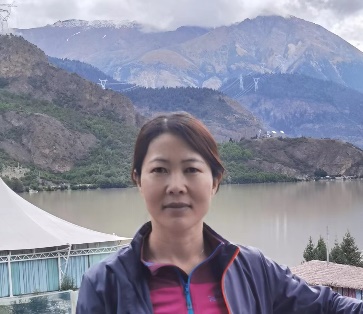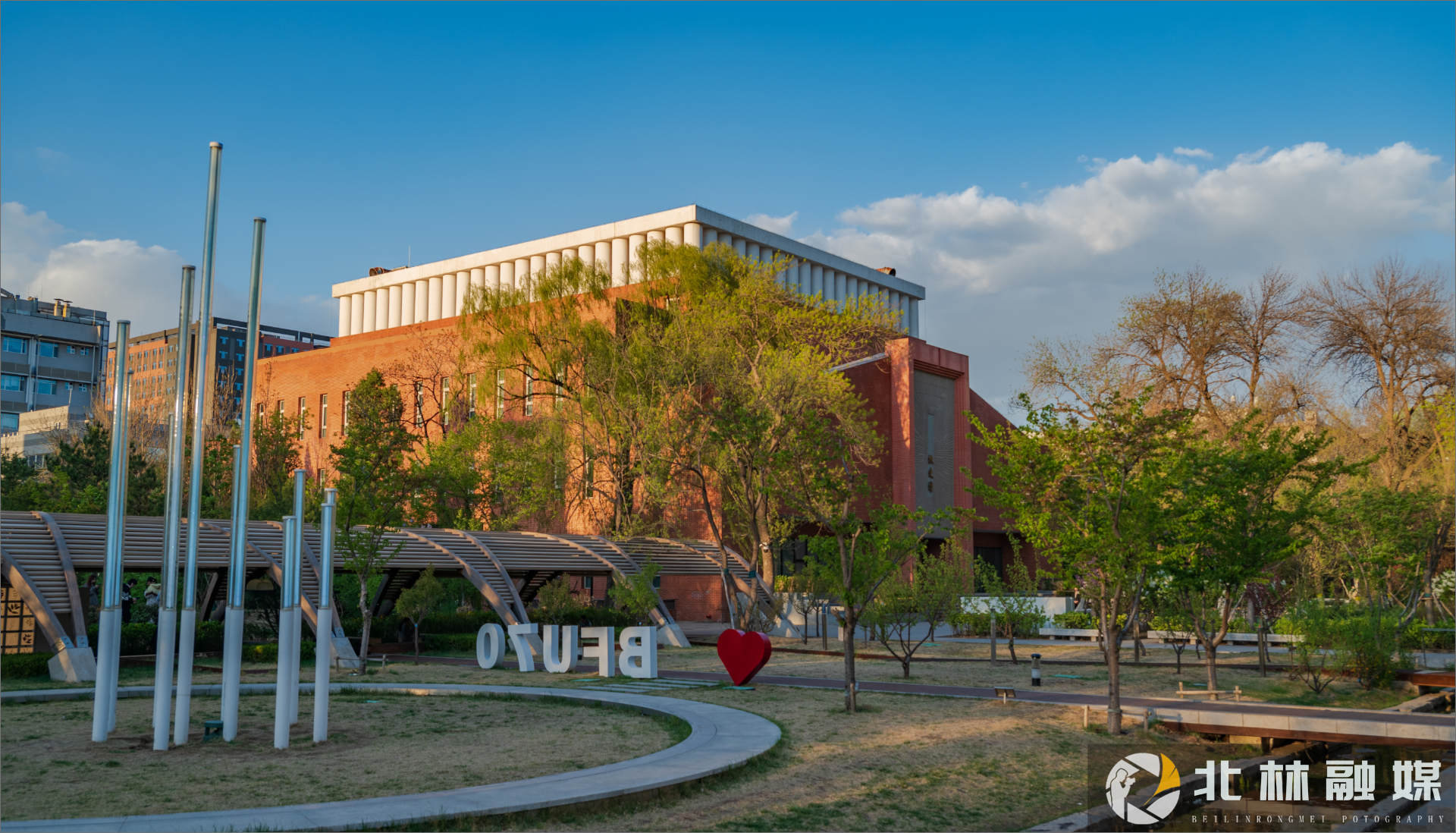彭霞薇|教授

1、微生物分子生态学
2、废弃物处理与资源化利用技术
3、困难立地环境的微生物修复技术与应用
1993.9-2001.7 沈阳农业大学 学士,硕士
2001.9-2004.7 中科院生态环境研究中心 博士
2004.7-至今 ky开云手机版 讲师,副教授,教授
2008.12-2011.12 中科院生态环境研究中心 在职博士后
2012.1-2013.1 美国加州大学伯克利(UC Berkeley)访问学者
1. “十四五”国家重点研发计划,施工便道等扰动区水土保持修复施工技术,2021.11-2024.11,子课题主持。
2. 专利转让项目,用于煤矸石人工生态基质的复合微生物菌剂,2022.11-2024.11,主持。
3. 专利转让项目,一种园林废弃物降解复合菌剂制备及应用,2020.12-2024.12,主持。
4. 国家自然科学基金面上项目,喀斯特地区石生苔藓根部土壤微生物及在生物岩溶溶蚀中的作用,2020.1-2023.12,主持。
5. 中科院环境生物技术重点实验室开放基金项目,畜禽粪便资源化分子膜高温好氧发酵生产微生物肥料,2020.9-2022.8,主持。
6. 专利转让项目,一株抗锑细菌NXH2及其应用技术,2019.12-2020.12,主持。
7. “十三五”国家重点研发计划,复层异龄林构建与水源涵养提升技术,2017.7-2020.12,主持。
8. 企业横向项目,油用牡丹专用肥研发及施用技术研究,2018.3-2019.12,主持。
9. 专利转让项目,抗重金属微生物菌剂及应用,2017.10-2019.10,主持。
10. 企业横向项目,顺义区环保违法违规建设项目调查,2017.8-2018.8,主持。
11. 北京市园林局课题,园林绿化废弃物资源化利用专项,2015.5-2016.5,主持。
12. 企业横向项目,园林绿化废弃物循环利用微生物肥料开发,2014.3-2016.3,主持。
13. “十二五”科技支撑课题,废弃矿区微生物生态修复与安全建设关键技术试验与示范,2012.1-2014.12,主持。
14. 中科院合作项目,地下水与包气带污染的分子生态学检测技术研究,2008.6-2009.12,主持。
1. Zhao LH, Yang T, Zhou JX, Peng XW*. Effects of arbuscular mycorrhizal fungi on Robinia pseudoacacia L. growing on soils contaminated with heavy metals. Journal of Fungi, 2023, 9(6): 648.
2. Wang C, Xu SJ*, Jiang CC, Peng XW, Zhou XD, Sun Q , Zhu LF, Xie XM, Zhuang XL. Improvement of the growth performance, intestinal health, and water quality in juvenile crucian carp (Carassius auratus gibelio) biofortified system with the bacteria-microalgae association. Aquaculture, 2023, 562: 738848.
3. Yang T, Chen Q, Yang MJ, Wang GZ, Zheng CH , Zhou JX, Jia MM, Peng XW*. Soil microbial community under bryophytes in different substrates and its potential to degraded karst ecosystem restoration. International Biodeterioration & Biodegradation, 2022, 175: 105493
4. Jia MM, Sun X, Chen M, Liu S, Zhou JX, Peng XW*. Deciphering the microbial diversity associated with healthy and wilted Paeonia suffruticosa rhizosphere soil. Frontier in Microbiology, 2022, 13: 967601.
5. Wang C, Jiang CC, Gao TM, Peng XW*, Ma SL, Suan Q, Xia B, Xie XM, Bai ZH, Xu SJ*, Zhuang XL. Improvement of fish production and water quality in a recirculating aquaculture pond enhanced with bacteria-microalgae association. Aquaculture, 2022, 547: 737420.
6. Li YS, Sun B, Deng TY, Lian P, Chen JH, Peng XW*. Safety and efficiency of sewage sludge and garden waste compost as a soil amendment based on the field application in woodland. Ecotoxicology and Environmental Safety, 2021, 222: 112497.
7. Yang L, Gao J, Liu Y, Zhuang GQ , Peng XW, Wu WM*, Zhuang XL*. Biodegradation of expanded polystyrene and low-density polyethylene foams in larvae of Tenebrio molitor Linnaeus (Coleoptera: Tenebrionidae): Broad versus limited extent depolymerization and microbe-dependence versus independence. Chemosphere, 2021, 262:127818.
8. Fan ZZ, Lu SY, Liu S, Li ZR, Hong JX, Zhou JX, Peng XW*. The effects of vegetation restoration strategies and seasons on soil enzyme activities in the Karst landscapes of Yunnan, southwest China. Journal of Forestry Research. 2020, 31(5): 1949-1957.
9. Ma YJ, Wang YT, Chen Q, Li YS, Guo DC, Nie XH, Peng XW*. Assessment of heavy metal pollution and the effect on bacterial community in acidic and neutral soils. Ecological Indicators, 2020, 117: 106626.
10. Xu LN, Zhang B, Peng XW*, Zhang XP, Sun B, Xu SJ*, Zhuang XL. Dynamic variations of microbial community structure in Myriophyllum aquaticum constructed wetlands in response to different NH4+-N concentrations. Process Biochemistry, 2020, 93: 55-62.
11. Yang XT, Song Z, Zhou SH, Guo H*, Geng B, Peng XW, Zhao GZ, Xie YJ. Insights into functional microbial succession during nitrogen transformation in an ectopic fermentation system. 2019, 284: 266-275.
12. Fan ZZ, Lu SY, Liu S, Guo H, Zhou JX, Peng XW*. Changes in plant rhizosphere microbial communities under different vegetation restoration patterns in karst and non-karst ecosystems. Scientific Reports, 2019, 9: 8761.
13. Guo DC, Fan ZZ, Lu SY, Ma YJ, Nie XH, Tong FP, Peng XW*. Changes in rhizosphere bacterial communities during remediation of heavy metal-accumulating plants around the Xikuangshan mine in southern China. Scientific Reports, 2019, 9: 1947.
14. Si LQ, Peng XW, Zhou JX*. The suitability of growing mulberry (Morus alba L.) on soils consisting of urban sludge composted with garden waste: a new method for urban sludge disposal. Environmental Science and Pollution Research, 2019, 26(2): 1379-1393.
15. Pang DB, Cao JH, Dan XQ , Guan YH, Peng XW, Cui M, Wu XQ, Zhou JX*. Recovery approach affects soil quality in fragile karst ecosystems of southwest China: Implications for vegetation restoration, 2018, 123: 151-160.
16. Jiang JH, Song Z, Yang XT, Mao ZQ, Nie XH, Guo H*, Peng XW*. Microbial community analysis of apple rhizosphere around Bohai Gulf[J]. Scientific Reports, 2017, 7: 8918.
17. Sun YJ, Wang TY*, Peng XW, Wang P, Lu YL. Bacterial community compositions in sediment polluted by perfluoroalkyl acids (PFAAs) using Illumina high-throughput sequencing. Environmental Science and Pollution Research, 2016, 23(1): 10556-10565.
18. Guo H, Zhu CX, Geng B, Liu X, Ye J, Tian YL, Peng XW*. Improved fermentation performance in an expanded ectopic fermentation system inoculated with thermophilic bacteria. Bioresource Technology. 2015, 198: 867-875.
19. Tian J, Peng XW*, Li X, Feng HM, Jiang ZP, Wei Y. Phosphate solubilizing abilities of two fungi and their potential for promoting Zenia insignis growth in heavy metal contaminated soil. Journal of Pure and Applied Microbiology, 2014, 8(5): 3439-3449.

